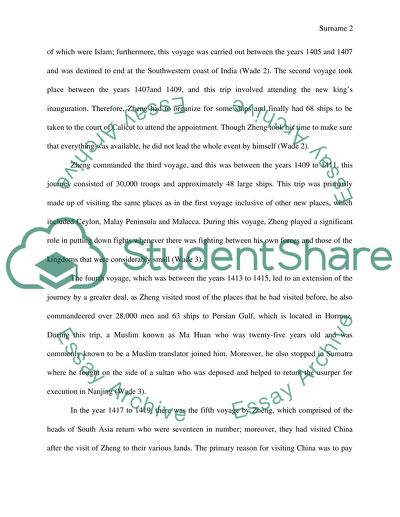Cite this document
(“Ming China: Describe the nature and impact of Zheng He's voyages and Essay”, n.d.)
Retrieved from https://studentshare.org/history/1460114-ming-china-describe-the-nature-and-impact-of-zheng
Retrieved from https://studentshare.org/history/1460114-ming-china-describe-the-nature-and-impact-of-zheng
(Ming China: Describe the Nature and Impact of Zheng He'S Voyages and Essay)
https://studentshare.org/history/1460114-ming-china-describe-the-nature-and-impact-of-zheng.
https://studentshare.org/history/1460114-ming-china-describe-the-nature-and-impact-of-zheng.
“Ming China: Describe the Nature and Impact of Zheng He'S Voyages and Essay”, n.d. https://studentshare.org/history/1460114-ming-china-describe-the-nature-and-impact-of-zheng.


